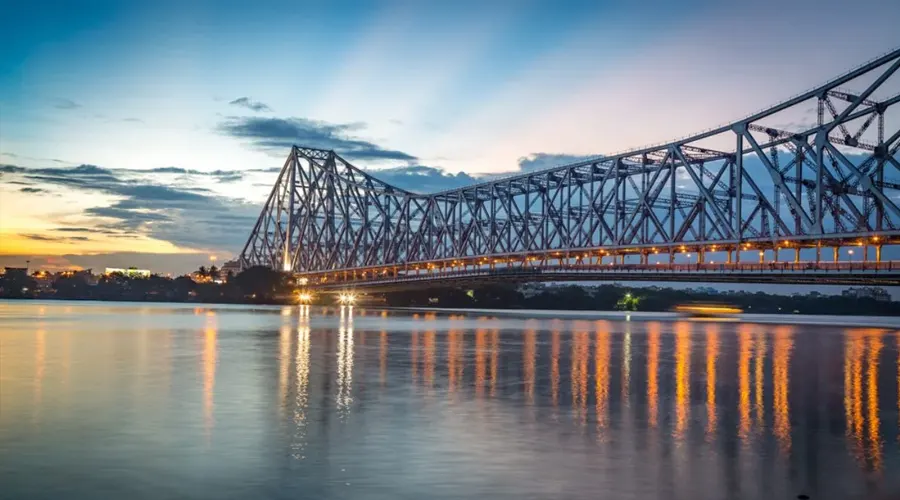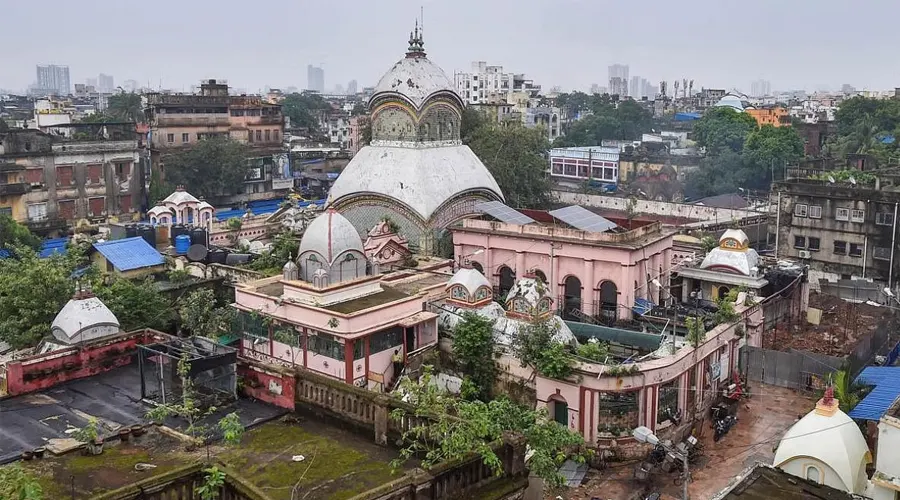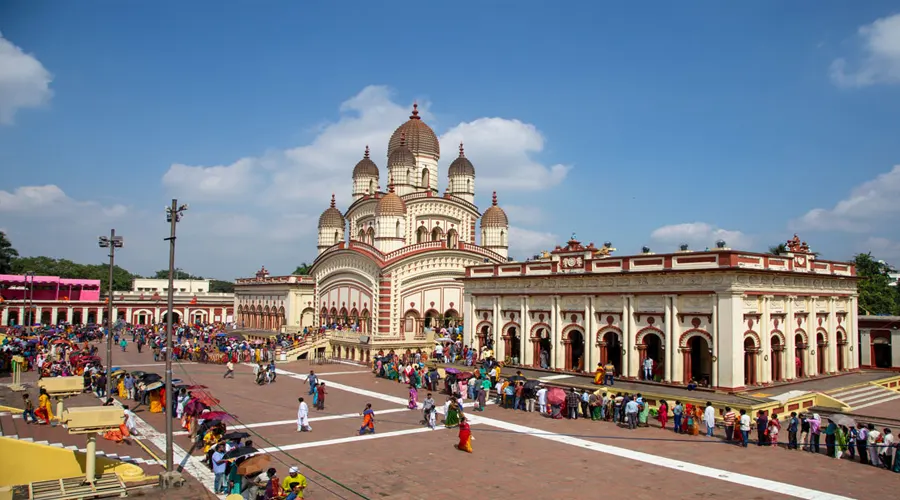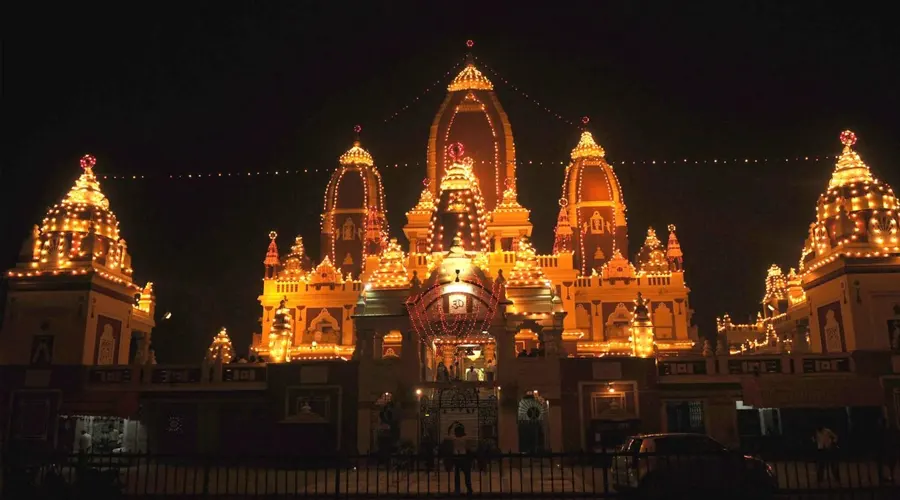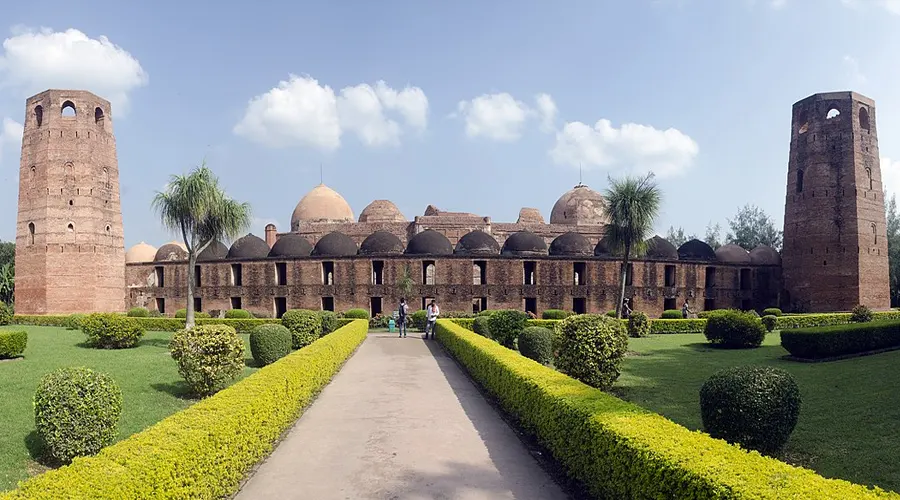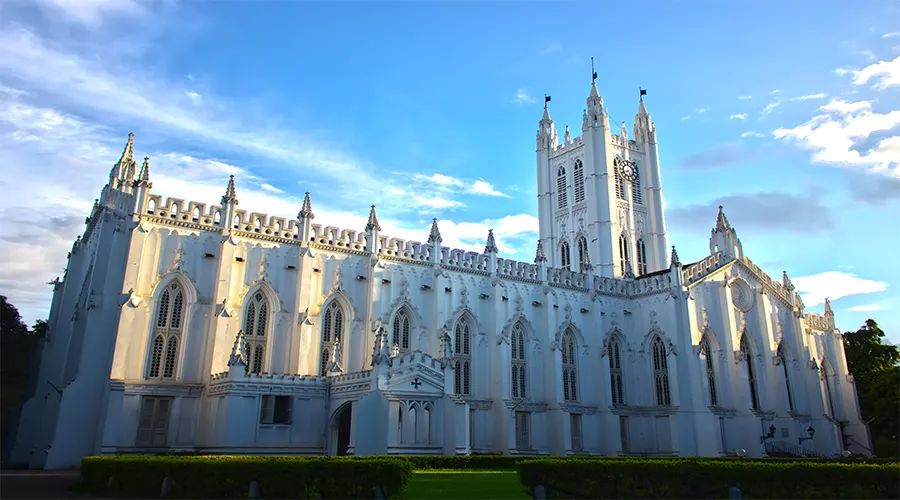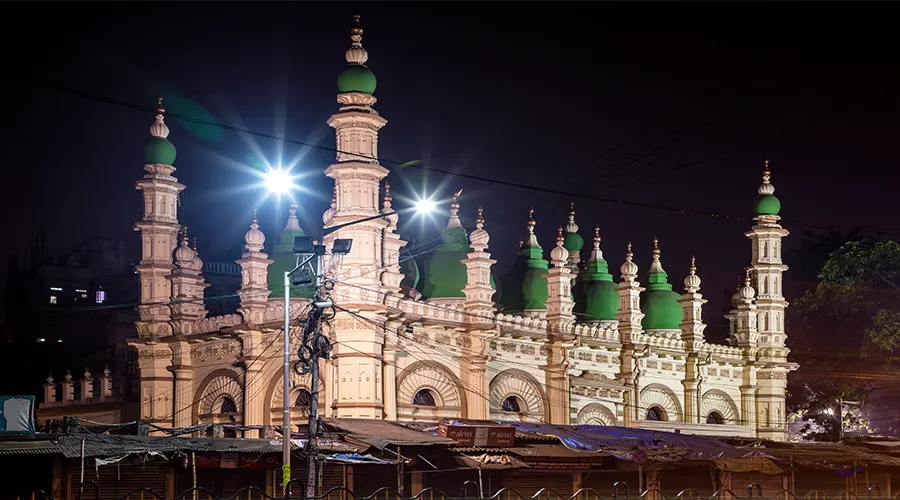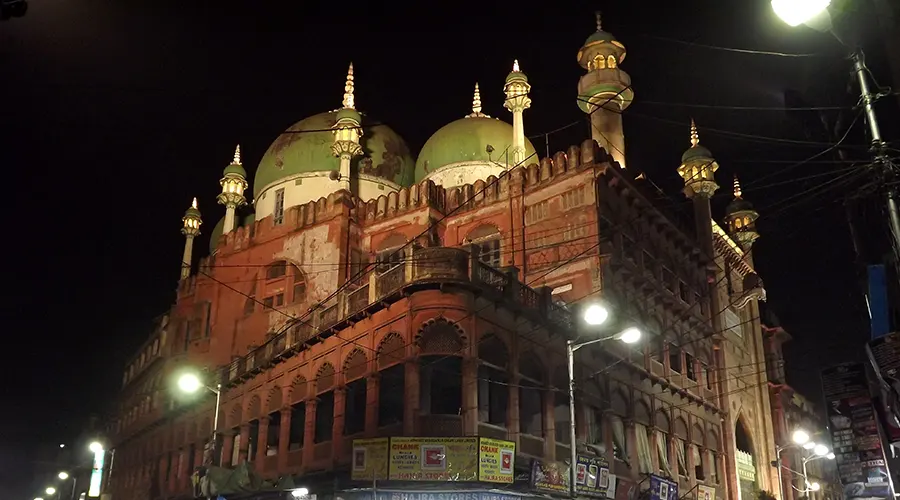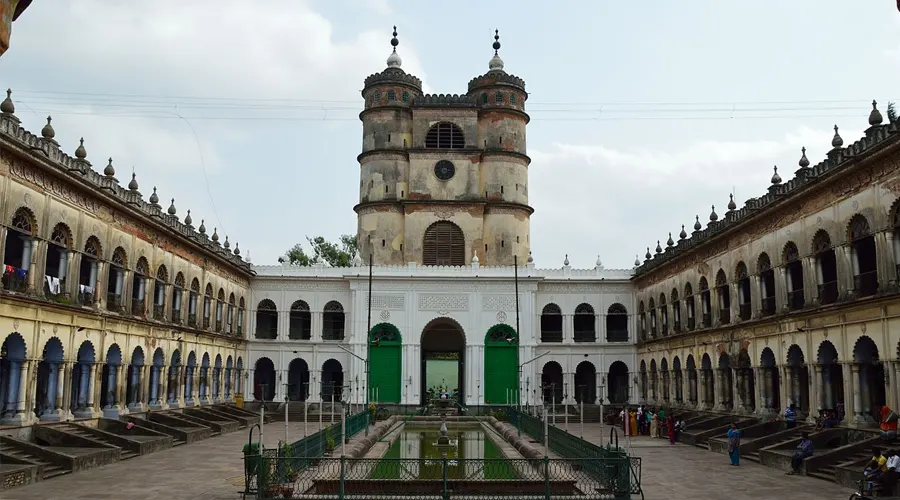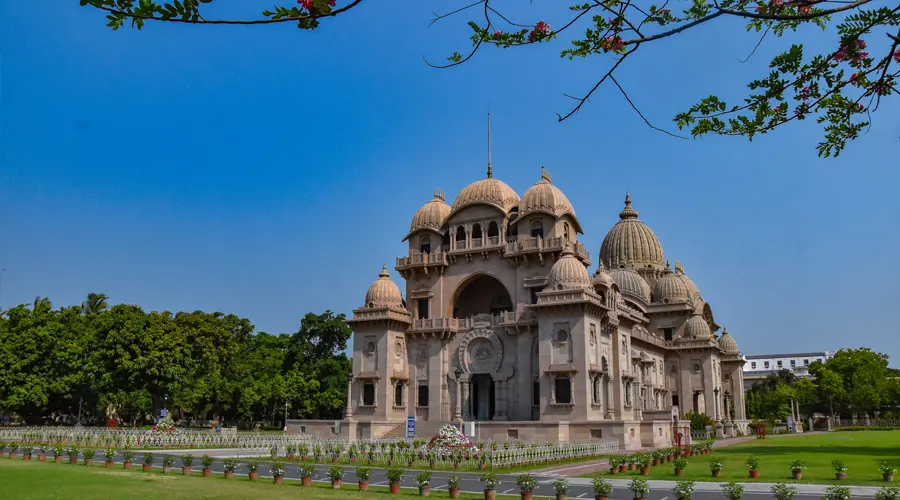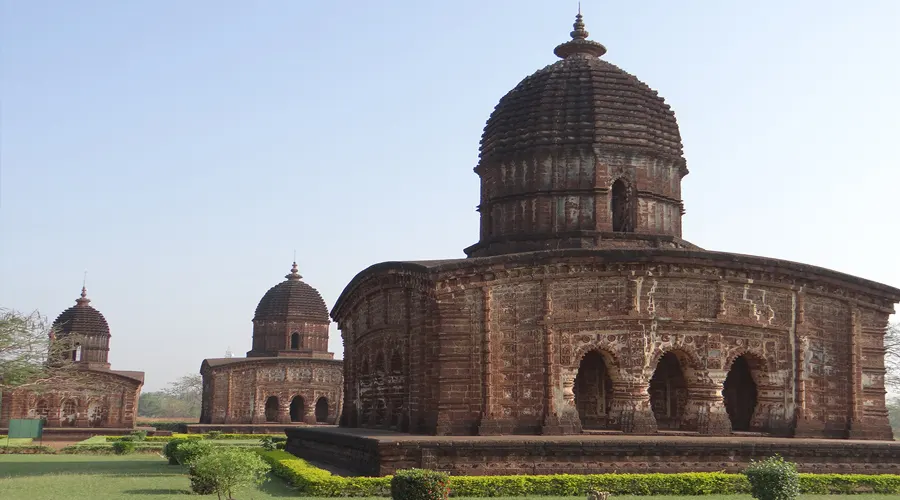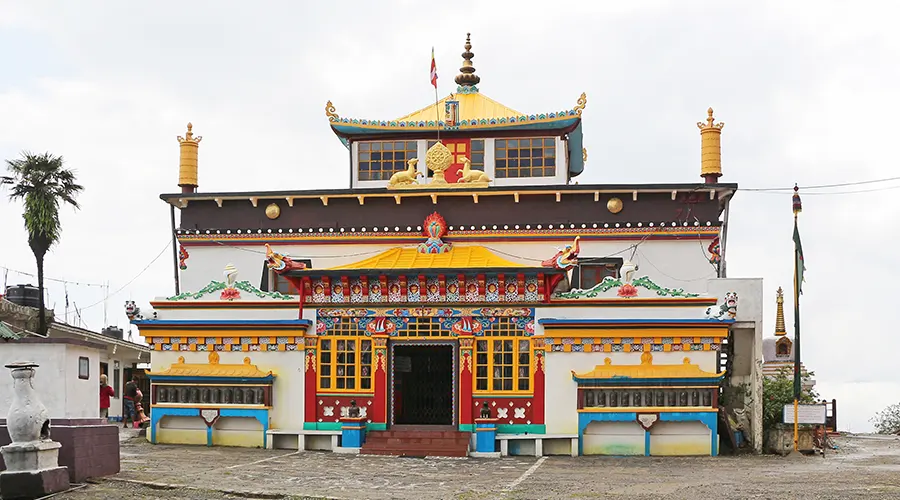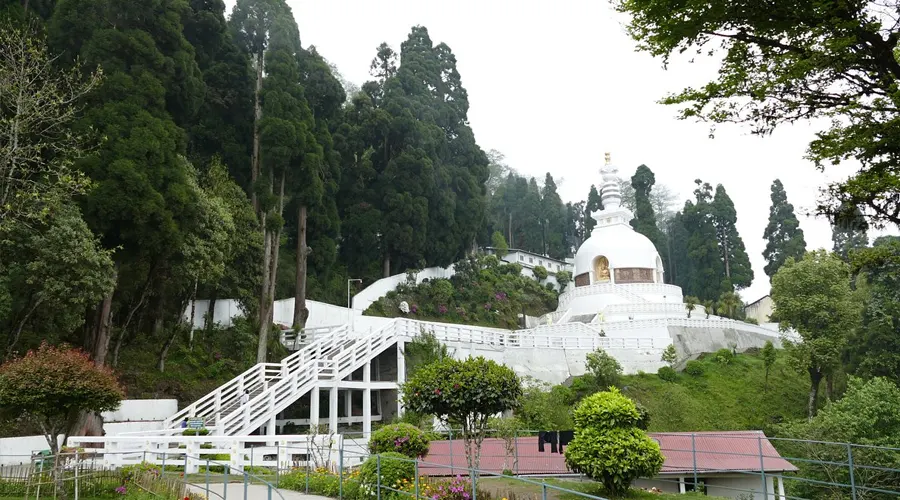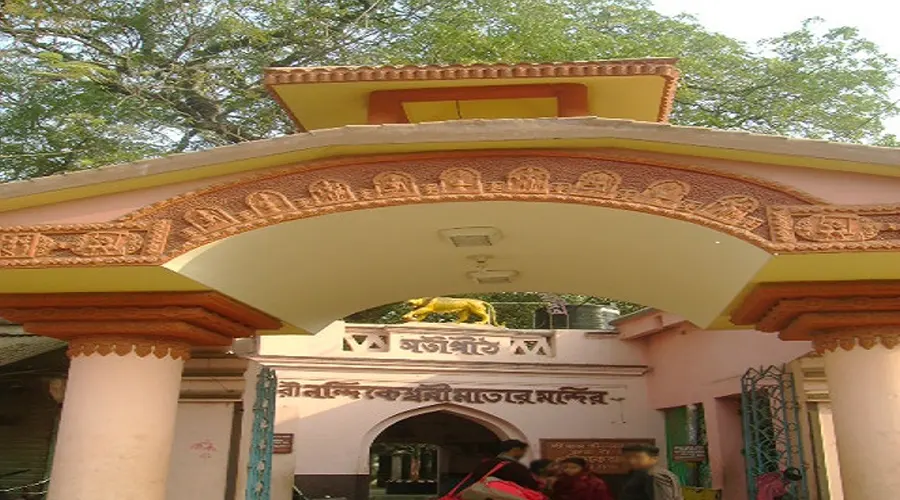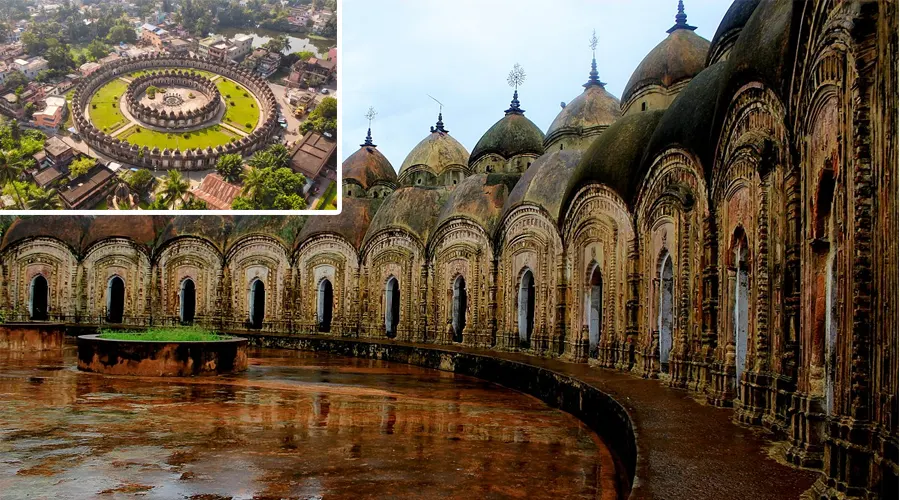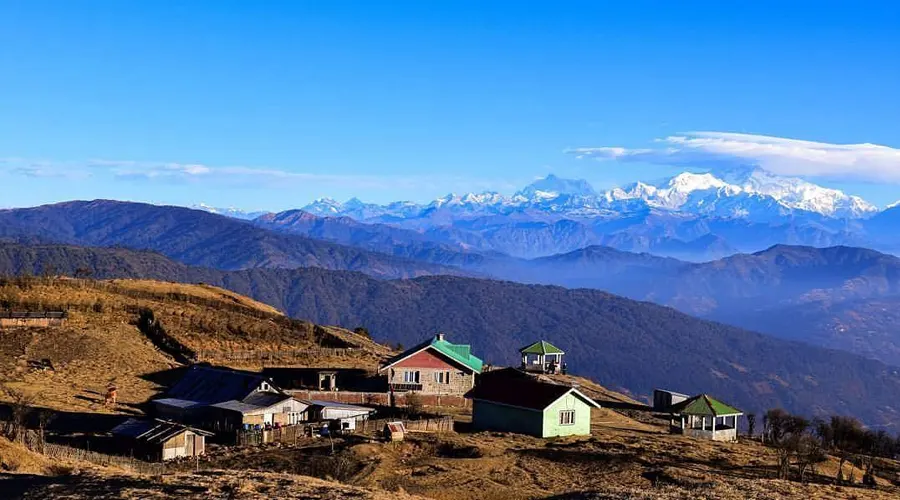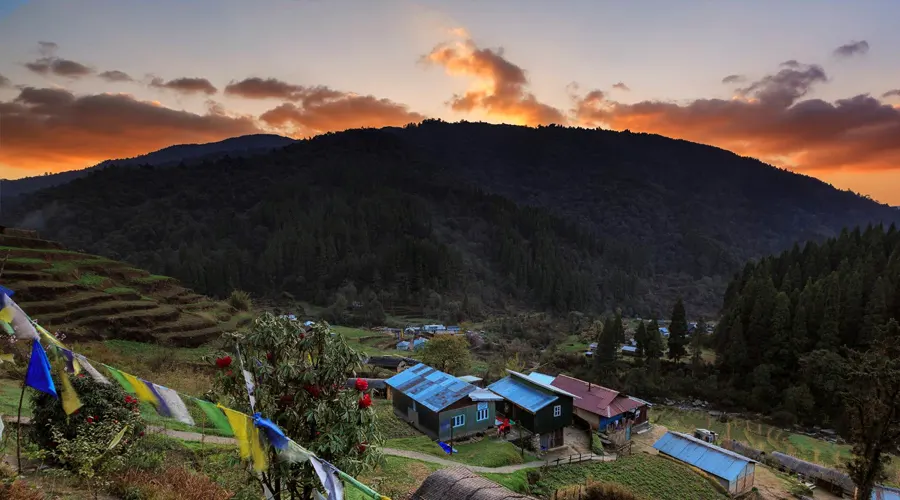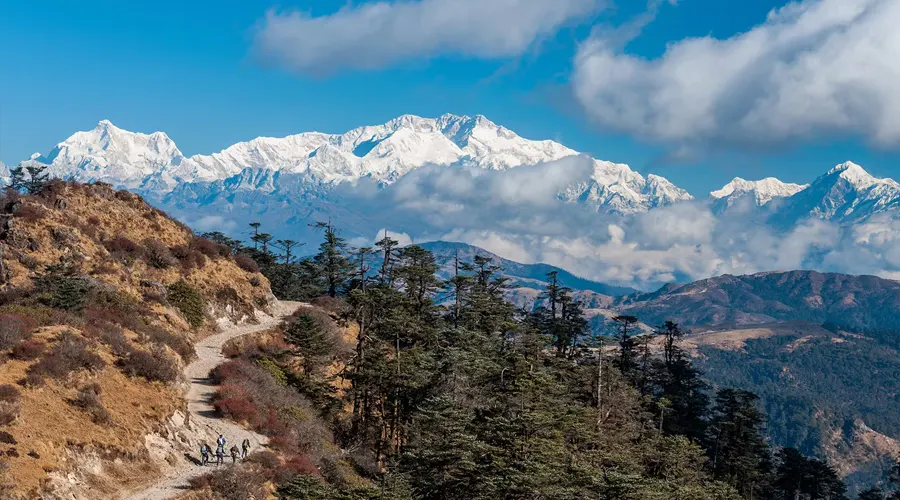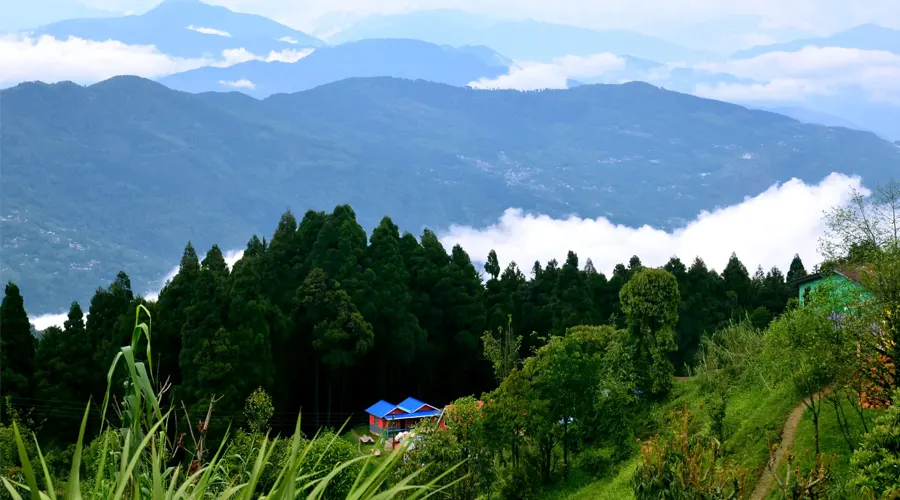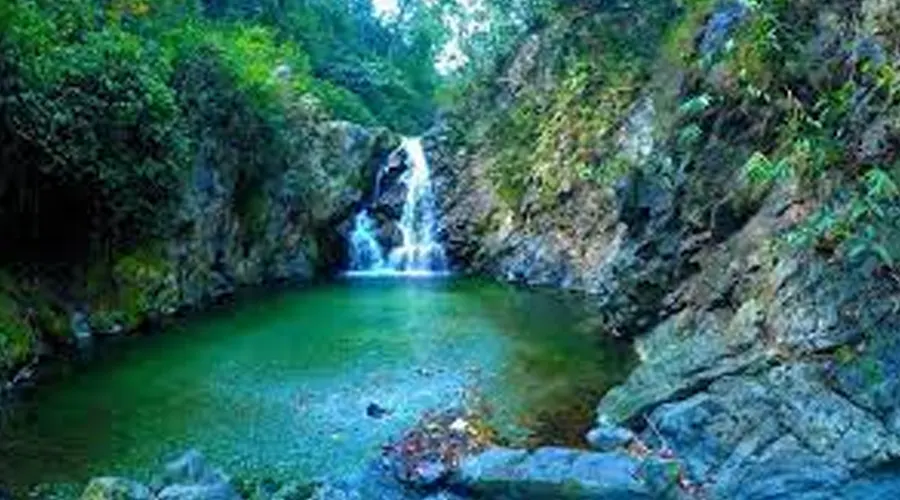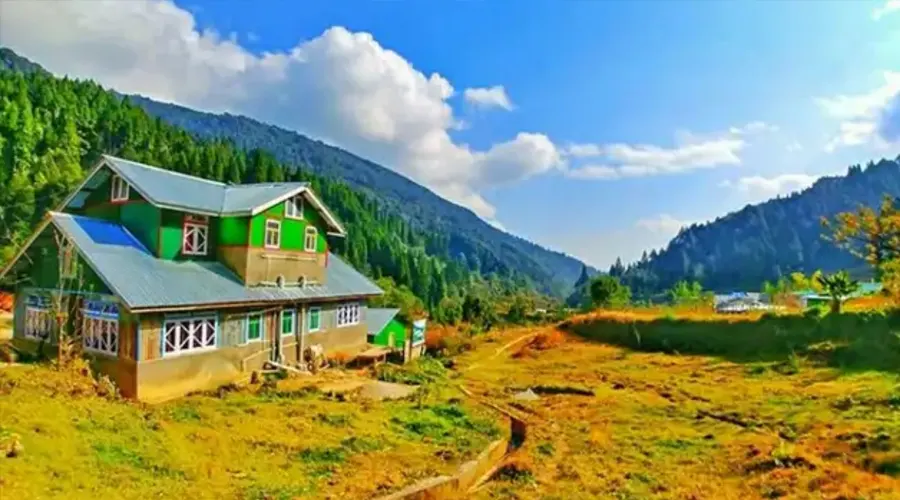Howrah Bridge
An iconic landmark of Kolkata, Howrah Bridge is a massive steel bridge constructed over the Hooghly River. It is considered to be among the longest cantilever bridges in the world. Also known as Rabindra Setu, it connects Howrah and Kolkata. It carries a daily traffic of over 100,000 vehicles and countless pedestrians and is as historic as it is grand. The opulence of the bridge, however, comes alive in the nighttime as it is all lit up. You can also take a ferry ride as it runs between Kolkata and Howrah, from the launch ghat. The view of the city from the ferry, especially at the night, is priceless, to say the least.
Howrah Bridge was the third-longest cantilever bridge at the time of its construction, but now it is the sixth-longest one of its types. It was renamed Rabindra Setu on June 14, 1965, after the name of Nobel Laureate Rabindranath Tagore. It spreads about 1500 ft over the Hooghly River and is 71 ft wide. There is a total of 8 lanes of strand road, bicycles, and pedestrians. What makes this bridge unique is the fact that it was built without a single nut or bolt and is held together by rivets.
History of Howrah Bridge
The Howrah Bridge serves as the lifeline of Kolkata. Its construction was undertaken in 1939. The Government of Bengal wanted to bridge over the Hooghly River and asked an engineer of the East India Company to come up with a proposal that never materialized. Sir Bradford Leslie built a pontoon bridge in 1874.
However, it had to be redesigned to accommodate the increasing traffic across the Hooghly River. So, the Howrah Bridge was constructed in 1942. Because of this reason, it was named the New Howrah Bridge. It took seven years to complete the construction and was finally opened to the public in February 1943. Sir Rajendra Nath Mukherjee was the chief engineer for the project. The steel for the bridge was supplied by Tata Steel.
The total cost of constructing the Howrah Bridge was INR 333 crore. 26,500 tons of steel were used in its construction. It was renamed Rabindra Setu but is still popularly known as Howrah Bridge. The first vehicle to travel over the bridge was a solitary tram. The Howrah end of the bridge has the Howrah Junction Railway Station which is India's oldest railway station. The bridge is therefore also known as the gateway to Kolkata.
Architecture of Howrah Bridge
Having been built without a single nut and bolt, the architecture of Howrah Bridge is a marvel on its own. The entire structure is riveted. Being unique and one of its kind in the world at the time when it was built, the bridge was officially classified as a ‘Suspension Type Balanced Cantilever’. It was the third-longest cantilever bridge when it was commissioned.
There are 39 pairs of hangers suspended from the main trusses from which the bridge deck hangs. A total of 20,000 tonnes of steel was required to construct the bridge, out of which only 3000 tonnes were supplied from England and the remaining 23,000 tonnes of high-tension steel was commissioned from Tata Steel named TISCROM.
The main tower was constructed with single monolith caissons. All the work was carried out below ground level. The work on the foundation was completed by 1938 and, by the mid-summer of 1941, the cantilevered arms were erected. Each half of the suspended span weighs 2000 tonnes and has a length of 282 feet.

